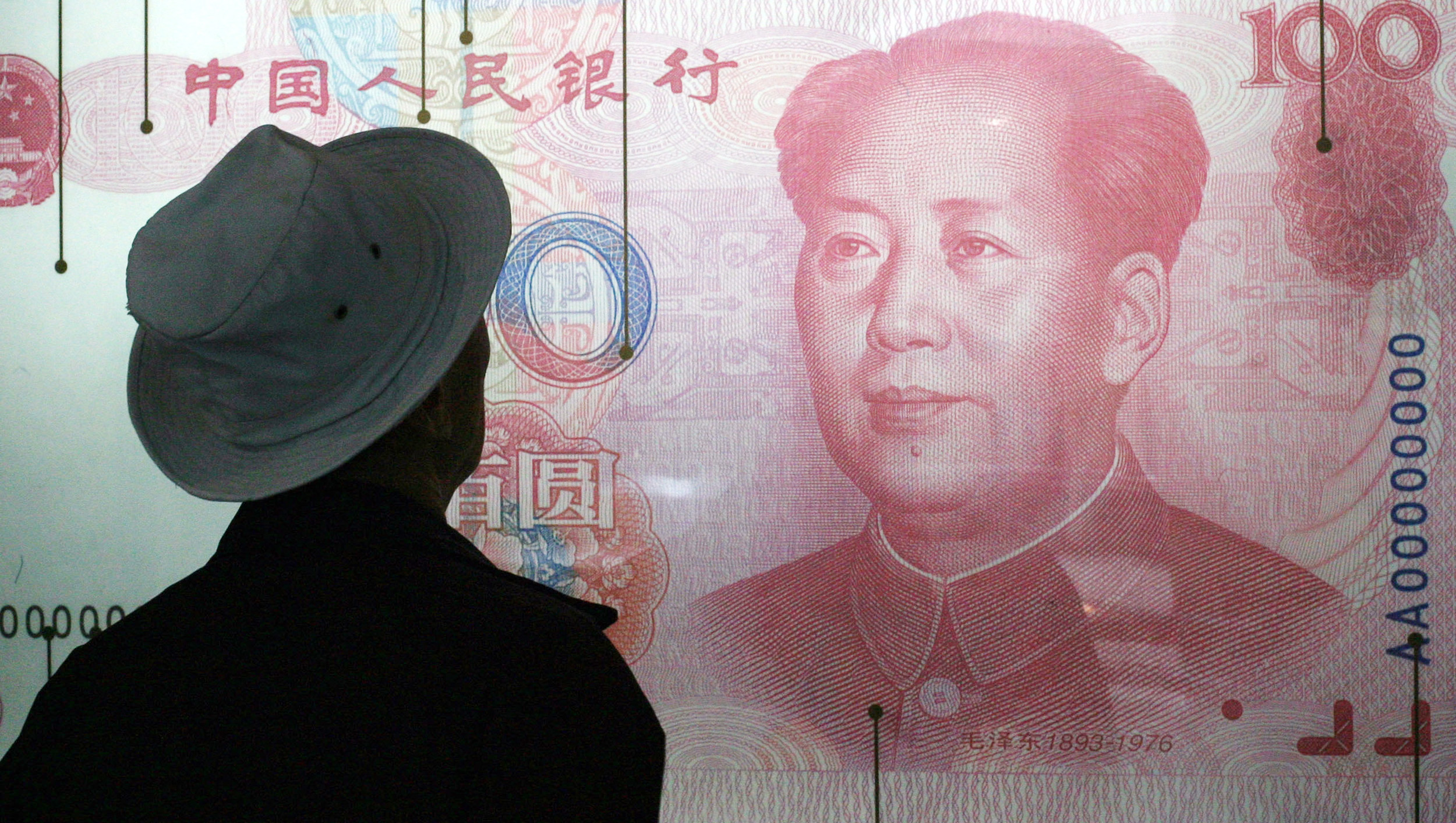
A look at an enlarged Chinese 100 yuan note in a museum in Beijing. (Photo: Bloomberg)
Findings from the annual renminbi (RMB) survey carried out by HSBC highlight that the Chinese yuan has become a widely discussed topic in company boardrooms in the past year. More than a fifth of the firms participating in the study have debated whether the Chinese currency is a business enabler.
Outside of the country, about a quarter of the management teams of companies in Singapore, Malaysia, Germany and the UAE have discussed the currency’s role for the expansion of other business. The figures in the English-speaking countries, including Australia, Canada, the UK and the US are materially different with just under a fifth reporting interest.
The poll encompasses more than 1,600 executives from 14 countries and territories. The survey added 3 new countries this year - Brazil, Malaysia and South Korea.
HSBC’s Chief Executive of Commercial Banking, Simon Cooper, said in an announcement made by the bank, “Corporate use of the renminbi reached a watershed last year. The currency began to depreciate against the dollar, reversing a multi-year trend and marking a new phase in the liberalisation process.”
“Whereas many companies outside China used to see RMB adoption as a somewhat niche opportunity to gain first mover advantage, they’re now adjusting to it becoming a mainstream tool. If you’re doing business with China, the world’s biggest trading nation, you have to think about doing business in China’s currency,” he outlined.
Ever since China began to phase out barriers limiting cross-border transactions in 2009, the renminbi’s global use has been rapidly growing. In the latter part of last year, the Chinese currency became the fifth most-used currency for global Payments , according to data from SWIFT.
After the value of RMB payments more than doubled in a year, the currency climbed about 8% against the U.S. dollar between January 2011 and January 2014. The picture looks very different in 2015, as the Chinese yuan declined close to 3% since the start of the year reflecting accelerating growth in the U.S.
That didn’t stop the renminbi from appreciating against pretty much all other major currencies.

















